Archives
- 2025-12
- 2025-11
- 2025-10
- 2025-09
- 2025-03
- 2025-02
- 2025-01
- 2024-12
- 2024-11
- 2024-10
- 2024-09
- 2024-08
- 2024-07
- 2024-06
- 2024-05
- 2024-04
- 2024-03
- 2024-02
- 2024-01
- 2023-12
- 2023-11
- 2023-10
- 2023-09
- 2023-08
- 2023-07
- 2023-06
- 2023-05
- 2023-04
- 2023-03
- 2023-02
- 2023-01
- 2022-12
- 2022-11
- 2022-10
- 2022-09
- 2022-08
- 2022-07
- 2022-06
- 2022-05
- 2022-04
- 2022-03
- 2022-02
- 2022-01
- 2021-12
- 2021-11
- 2021-10
- 2021-09
- 2021-08
- 2021-07
- 2021-06
- 2021-05
- 2021-04
- 2021-03
- 2021-02
- 2021-01
- 2020-12
- 2020-11
- 2020-10
- 2020-09
- 2020-08
- 2020-07
- 2020-06
- 2020-05
- 2020-04
- 2020-03
- 2020-02
- 2020-01
- 2019-12
- 2019-11
- 2019-10
- 2019-09
- 2019-08
- 2019-07
- 2019-06
- 2019-05
- 2019-04
- 2018-11
- 2018-10
- 2018-07
-
Introduction The cytoskeleton allows cells to establish main
2023-02-07
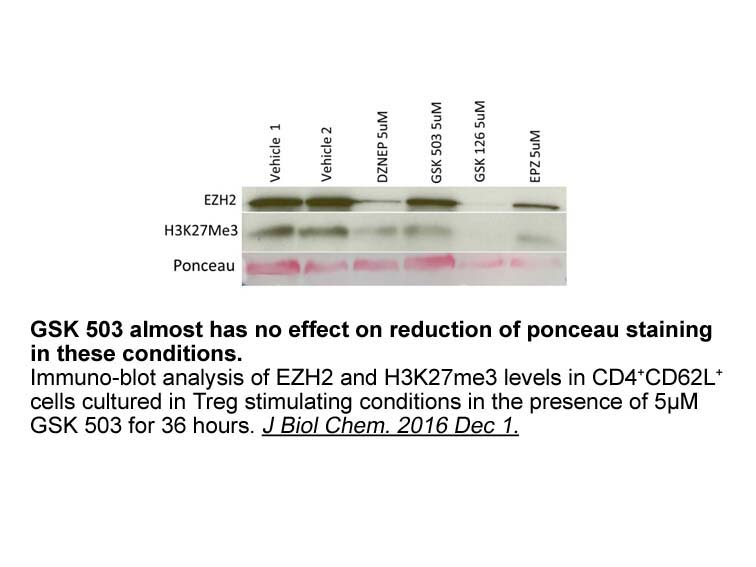
Introduction The cytoskeleton allows cells to establish, maintain and transform their shape. In neurons, these include cell differentiation, migration, polarization and development of their unique arborization. Axons are very thin (~1 μm), long (up to 1m) and highly branched (>95% of the plasma mem
-
In conclusion two novel series of furo
2023-02-07
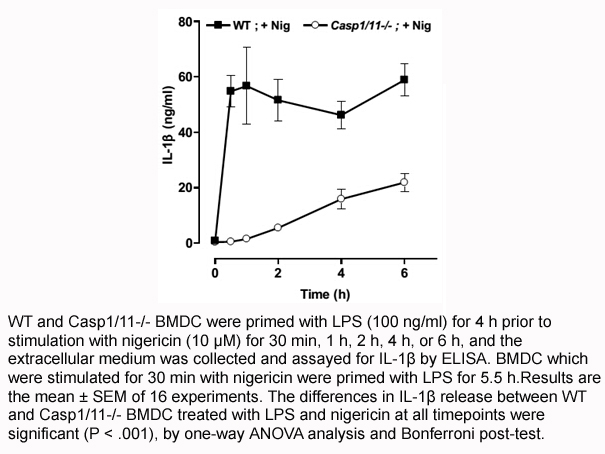
In conclusion, two novel series of furo[2,3-]pyrimidin4-amines and 7-pyrrolo[2,3-]pyrimidin-4-amines which exhibit potent in vitro inhibitor activity against ACK1 have been identified and evaluated. 1,3-Dithiolane-substituted pyrrolopyrimidine displays excellent ACK1 cellular inhibition, good kinas
-
Previous reports indicate that the expression of AChRs
2023-02-07
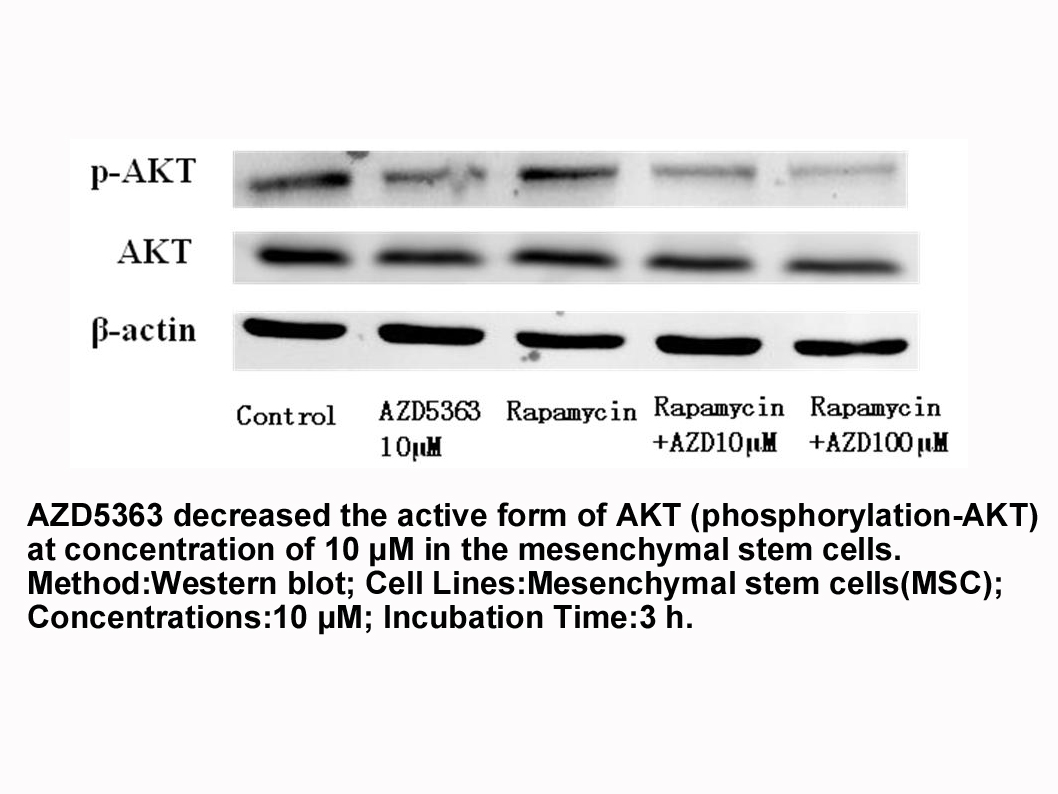
Previous reports indicate that the expression of AChRs and their clustering on myotubes are critical factors required to induce contacts on muscle fibers in a natural biological system [14], [15], [16], [17], [18], [19]. For instance, in NMJ development in the mouse, AChRs are pre-patterned at sites
-
There is also a literature on the impact of commodity
2023-02-07
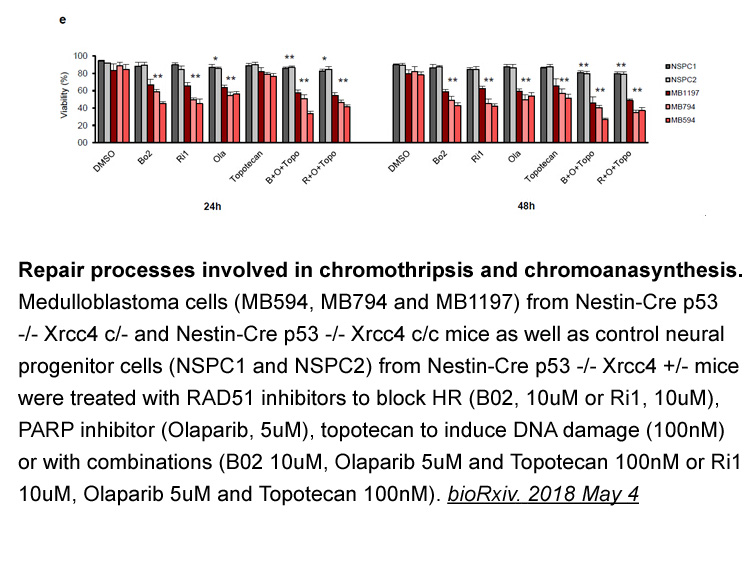
There is also a literature on the impact of commodity (consumption) taxation under imperfect competition. Besley (1989) applies a Cournot model, in which production takes place under IRS and in which free entry leads to an excessive number of firms in the market. Introducing a distortive specific co
-
br Acknowledgements Authors wish to thank Sabanci University
2023-02-07
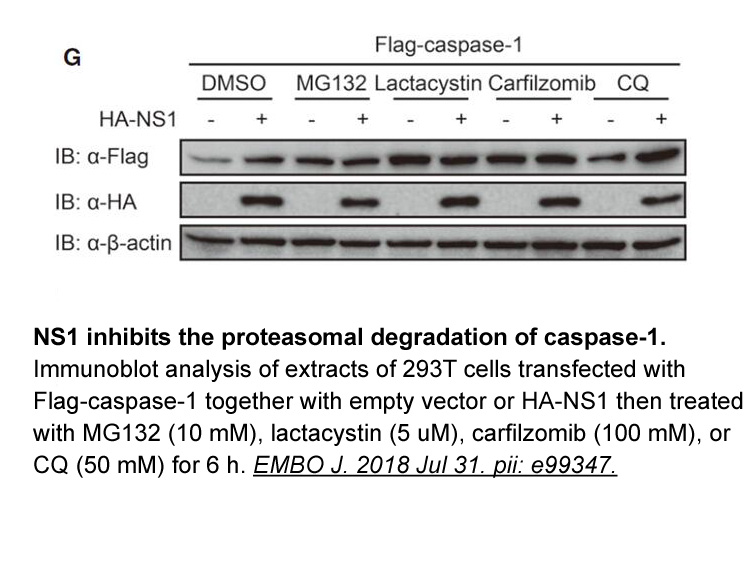
Acknowledgements Authors wish to thank Sabanci University (Turkey), Tubitak (Cost Eu-Ros, 113Z463), and the University of Turin (Italy) for supporting this work. Beyza Vurusaner is supported by Sabanci University Post-doctoral research scholarship. Introduction Endometriosis is defined as the
-
br Introducing toll like receptors TLRs
2023-02-07
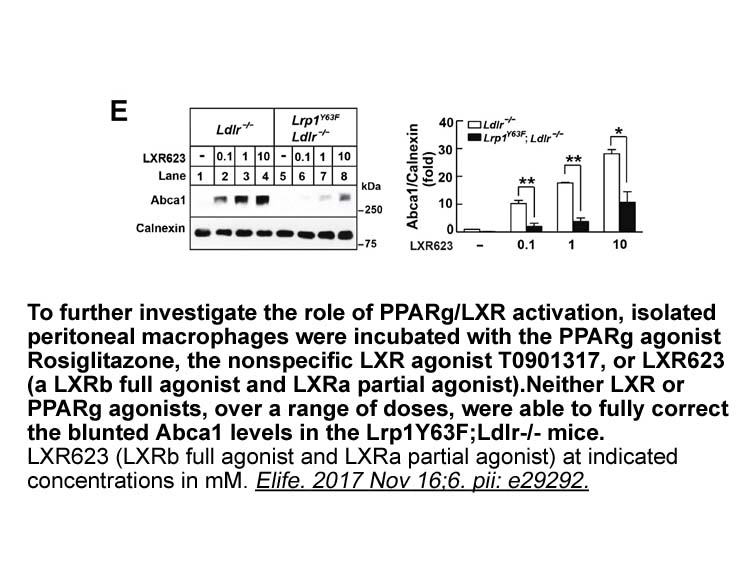
Introducing toll like receptors TLRs are the most important receptors which are expressed on the cytoplasmic and internal vesicles membrane. They have a similar structure including a leucine-rich repeats (LRRs) domain which is out of somatostatin agonist membrane, a hydrophobic transmembrane and
-
Naphthoquine phosphate receptor This study evaluated the ant
2023-02-07
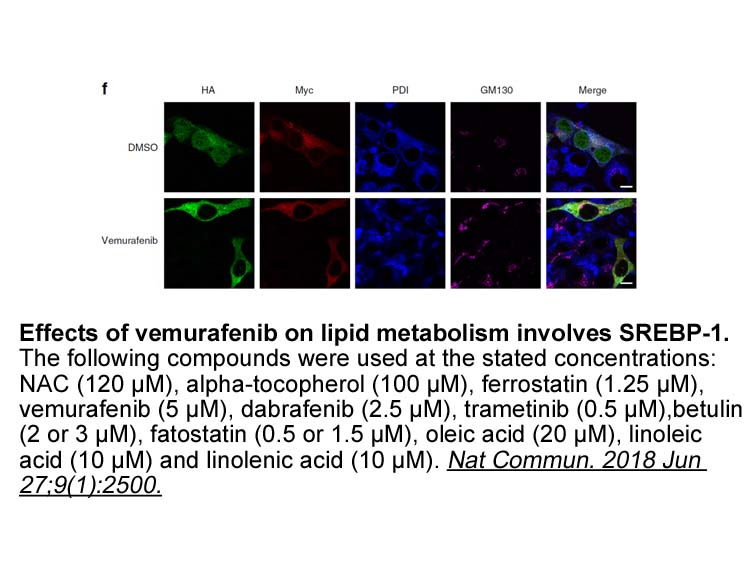
This study evaluated the anti-tumor influences of LA against HepG2 Naphthoquine phosphate receptor in vivro, and investigated the molecular mechanisms of inducing apoptosis. Overall, our studies suggested that LA is a promising anti-cancer drug and a possible novel therapeutic agent directed toward
-
br Experimental section br Acknowledgements This work was
2023-02-07
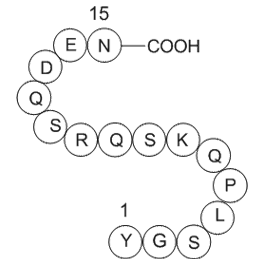
Experimental section Acknowledgements This work was funded by the Italian Association for Cancer Research (AIRC IG18590 to A.A.), by “Fondi di Ateneo-University of Pisa” years 2009 and 2010 (E. N., S. N., E. O., and A. R.) and partially by the Unipi project P.R.A.2016_27 (E. N., E.O. and A. R.
-
Recently the FDA approved the first blood
2023-02-07
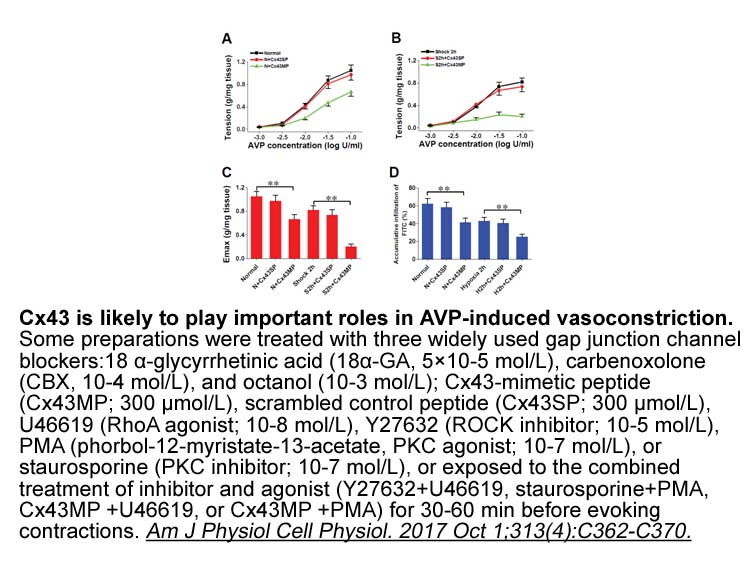
Recently, the FDA approved the first blood-based test for the detection of EGFR mutations in non-small cell lung cancer patients (http://www.fda.gov) (Voelker, 2016). This allows detection of specific, recurrent mutations, which can help the selection of the patients that could benefit from Erlotini
-
br Concluding Remarks and Future Perspectives The collective
2023-02-07
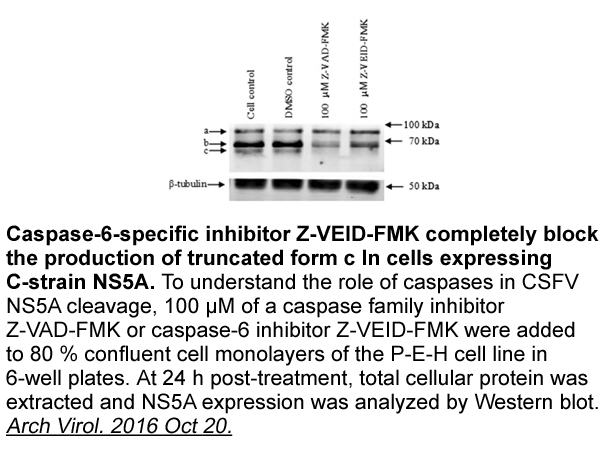
Concluding Remarks and Future Perspectives The collective evidence from studies detailing the functions of AMPK in the neuromuscular system, combined with those in DMD, SMA, and DM1 surveyed in the present review, strongly suggests that AMPK is a central mediator of neuromuscular determination, m
-
ALK fusion positive NSCLC is clinically actionable because i
2023-02-07
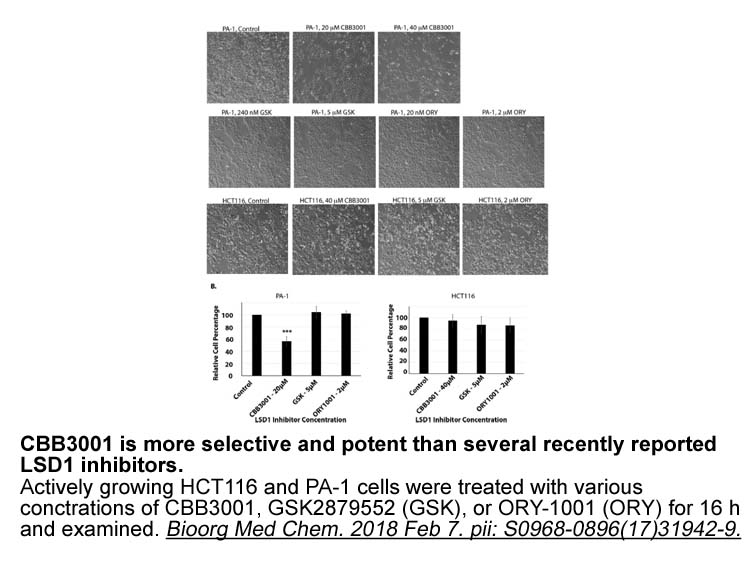
ALK fusion-positive NSCLC is clinically actionable because it can be targeted by several FDA-approved drugs, including the first generation TKI crizotinib, which is a dual inhibitor to MET and ALK [15], and the second generation inhibitors, alectinib and ceritinib, both of which are highly-selective
-
In conclusion this study detected the expression of
2023-02-06

In conclusion, this study detected the expression of adiponectin and its receptors, AdipoR1 and AdipoR2, in goat ovarian follicles. In addition, adiponectin was shown to enhance the progression of goat oocyte nuclear maturation in vitro. The present findings provide evidence for paracrine/autocrine
-
Mast cells Mast cells are immune cells of
2023-02-06

Mast cells. Mast 7-Nitroindazole receptor are immune cells of the myeloid lineage and are ubiquitously present in connective tissues [75]. These cells are involved in the modulation of a number of physiological functions, such as vasodilation, angiogenesis, bacterial, and parasite elimination [75].
-
Acknowledgments br P c is expressed in
2023-02-06
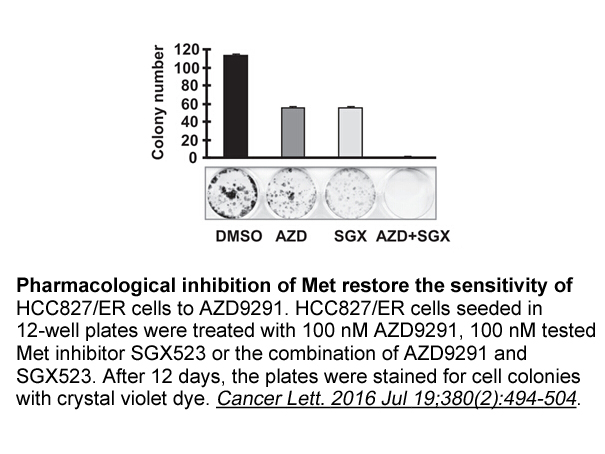
Acknowledgments P450c17 is expressed in several steroidogenic tissues, including the adrenal cortex, the ovary, and the testes (). Thus, 17α-hydroxylase/17,20-lyase is a key enzyme required for the production of both cortisol and sex steroids. This enzyme defect blocks the synthesis of cortisol,
-
br Results br Discussion Although the value
2023-02-06
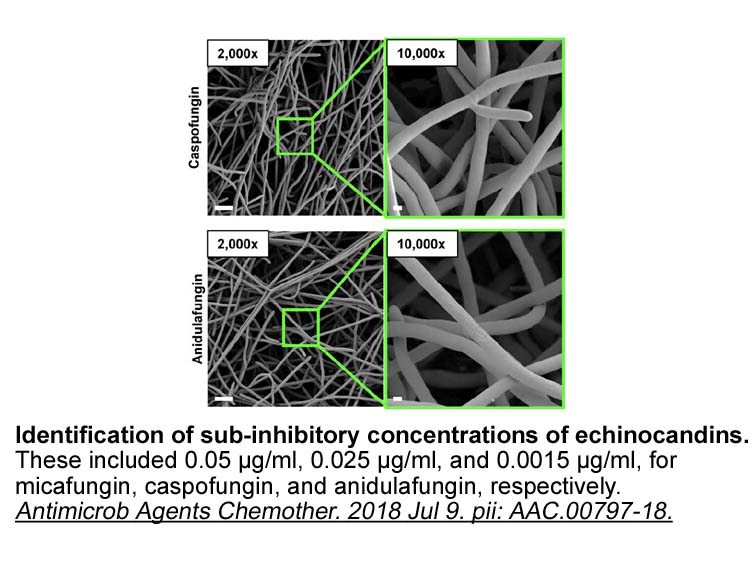
Results Discussion Although the value of ID specialists in the USA has already been described in the literature, this study suggests that the same holds true for the Japanese healthcare environment [7], [17], [18], [19]. Valerio et al. reported that antifungal use in DDD decreased from 66.4 p
16548 records 371/1104 page Previous Next First page 上5页 371372373374375 下5页 Last page